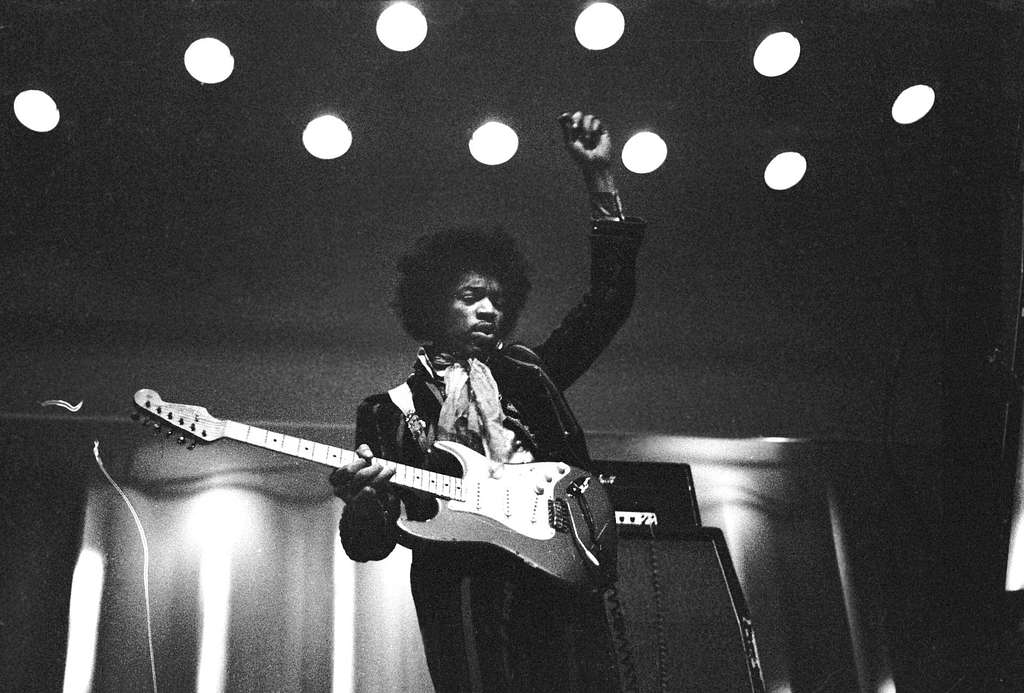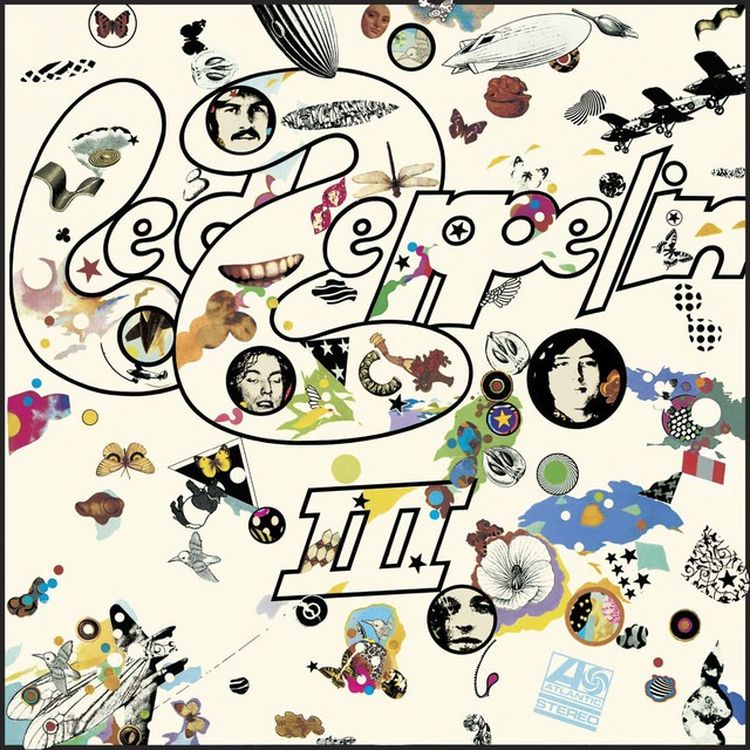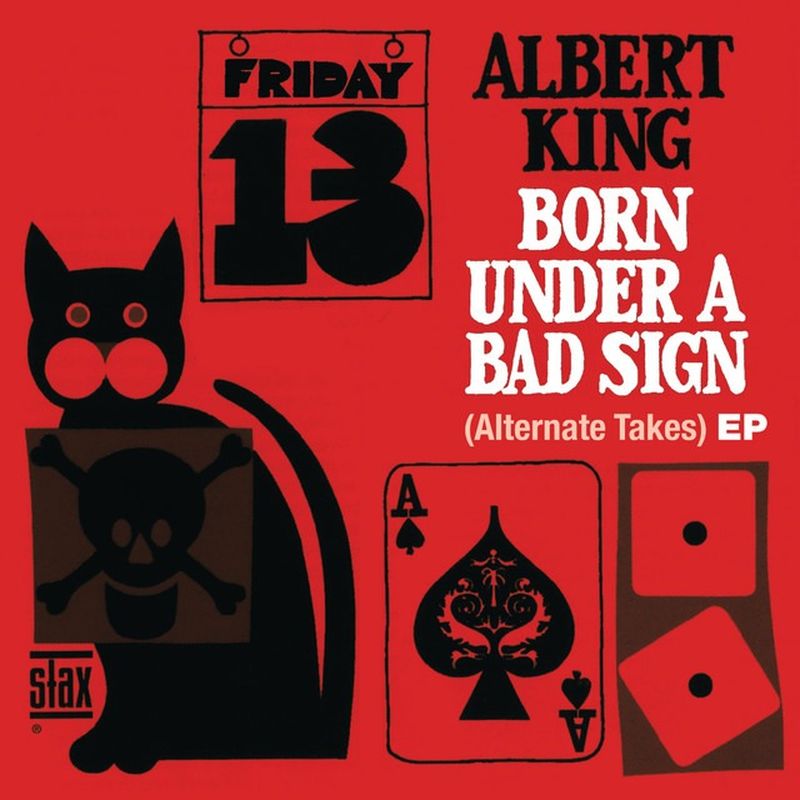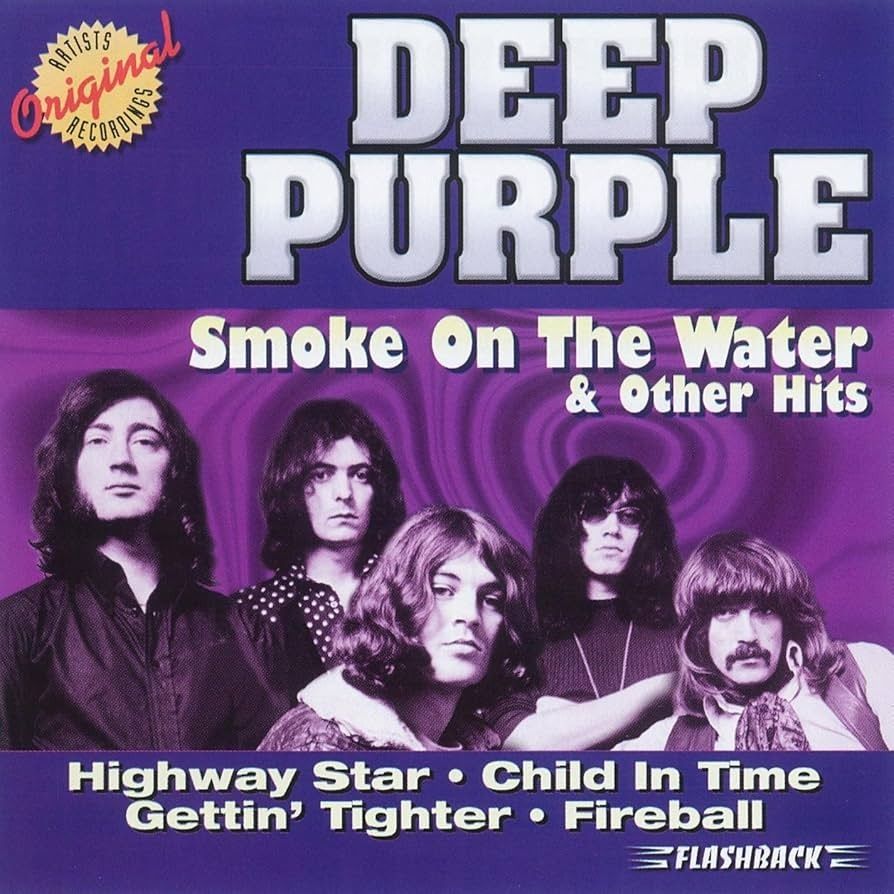
The six-string revolution begins with those spine-tingling moments when fingers connect with fretboard magic. Guitar riffs serve as cultural passwords unlocking doors to musical tribes that shaped history. When beginners nail that forbidden “Smoke on the Water” sequence, they join a subversive conversation raging since Marshall stacks first traumatized suburban parents.
Iconic riffs hide secret lessons – rhythm discipline, hand strength, and the subtle art of making sound punch through walls. These patterns represent evolutionary adaptations that have survived decades of changing tastes. Like prehistoric tools in archaeological digs, riffs reveal how musicians solved problems with minimal resources and maximum attitude.
15. Eric Johnson Lick

Johnson’s pentatonic innovation proves that conventional scales become revolutionary when restructured through unconventional mathematics. Odd-numbered groupings transform familiar E minor pentatonic territory into alien landscapes where muscle memory becomes useless. The musical equivalent of rearranging furniture until your childhood home becomes unrecognizable.
The hybrid picking technique requires physical coordination – right-hand fingers and the pick working as cooperative partners. Begin at forensic tempos where notes receive microscopic attention before acceleration reveals architectural brilliance. These groupings create cognitive recalibration, which forces the formation of new neural pathways. Johnson achieved cult status by questioning assumptions about pattern organization and reimagining existing frameworks, rather than inventing new ones.
14. War Pigs

Sabbath’s apocalyptic protest anthem shows working-class musicians channeling rage into sonic weaponry. Sinister notes (10th, 12th, 15th, 14th, and 13th frets) capture the Vietnam-era dread when political channels seemed closed to blue-collar youth—the minor-key intro serves as musical foreshadowing before explosive power chords.
High fret positioning teaches you to venture beyond open positions – a physical journey that mirrors the emotional journey from comfort to confrontation. Play at half-speed initially, treating each note as a deliberate statement. The dramatic shifts demand physical control that mainstream education rarely emphasizes. This pattern teaches musical storytelling – building tension, creating anticipation, and delivering resolution that feels both surprising and inevitable.
13. Jimi Hendrix Lick

Hendrix reinvented the relationship between human and instrument. This modal-mixing pattern demonstrates how a self-taught Black artist transformed limitations into revolutionary expression. The characteristic bend requires Olympic archery precision – each microtonal shift matters, each target note a destination.
Practice position shifts with mindfulness. Start with a clinical clean tone, exposing imperfections before adding expressive overdrive. This pattern reveals fretboard geography as intuitive navigation, allowing you to know where possibilities hide beyond standard scale boxes. Hendrix developed approaches without formal education, showing how innovation often emerges from necessity. Studying marginalized voices creating new languages when existing ones proved insufficient.
12. Dirty Deeds Done Dirt Cheap

String muting separates bedroom guitarists from stage-worthy noise merchants. AC/DC’s anthem delivers a masterclass in controlled chaos. The E5-G5-D5 progression creates a playground where mistakes hide like teenagers sneaking into R-rated movies. That G5 chord serves as a gatekeeper – fail to mute the surrounding strings, and your riff transforms to amateur hour.
The genius lies in what you don’t hear. Dead-but-not-silent strings create negative space, giving the riff room to breathe, approach with surgical precision, minimal picking-hand movement, and deliberate finger placement. Power comes from the contrast between explosive chord attacks and controlled silence. Master this tension, and every subsequent riff becomes more expressive and distinctly yours.
11. My Girl

The Temptations’ sunshine-filled signature songs feature primary keys that create emotional depth. Five strategic notes from the A major pentatonic scale form the architectural support beams that hold up a landmark of American musical history. The pattern creates instant recognition like scents triggering vivid memories.
This riff develops duration and volume control, transforming mechanical playing into human expression. Light compression creates sustained warmth mirroring lyrical optimism. The pattern proves how melodic hooks communicate effectively. This template works equally on acoustic instruments, extending beyond genre boundaries and conveying complex emotional narratives.
10. Immigrant Song

Led Zeppelin’s Norse-inspired battle cry features two notes that create a massive impact with perfect timing. This F# minor pentatonic pattern asks: what matters more – what you play or how? The simplicity creates a mirror reflecting every rhythmic inconsistency, functioning as a polygraph test for timing honesty.
Approach with metronomic discipline, using alternate picking to build right-hand strength. The consistent attack demands arm stamina, but commercial courses ignore it. Experiment with pick angles to find where maximum projection meets minimum effort. This pattern separates players who understand rock runs on conviction, delivering a movie one-liner people quote decades later.
9. Born Under a Bad Sign

Albert King’s blues landmark offers a history lesson on transforming suffering into art. The E minor pentatonic framework connects players to a lineage of expression predating commercial recording. Signature bends serve as precisely targeted expressions that mimic human vocal inflections – the guitar as an extension of the voice.
Accuracy matters more than speed – aim for bent notes with archer’s precision. The pattern shows how perfect pitch control creates emotional communication. Position slides mirror blues narratives moving between despair and defiance. Practice with backing tracks to develop conversational phrasing, responding to the context, and learning the sonic language that gave birth to nearly all contemporary popular music.
8. Iron Man

Before Sabbath’s proto-metal masterpiece, heavy guitar seemed optional. Unforgettable notes emerged from working-class Birmingham, where industrial machinery provided rhythmic templates for new music.
Genius lives in spaces between notes – those pregnant pauses where anticipation builds like atmospheric pressure. Begin with surgical precision on single notes before power chords transform the pattern from melody to manifesto. Distortion becomes essential. Slides demand consistent pressure – ease up, and notes die; push too hard, and you overshoot. This physical act mirrors the emotional balance of great metal: controlled rage.
7. Smoke on the Water

Guitar shops have nightmares about this Deep Purple anthem – the sonic equivalent of that first cigarette behind school bleachers. Three notes on the E string (open, third, and fifth) form a cultural rite that separates the curious from the committed. The pattern works by being physically forgiving yet sonically massive, like horror movie jump-scares, making everyone scream.
Master the training wheels version before graduating to G power chords. Power lives in the space between notes – swagger-filled pauses giving listeners time to feel. Set your amp dirty enough to anger neighbors but clean enough to hear mistakes. No pedals needed; this riff emerged when working-class kids turned volume into rebellion because amplifiers were more effective than therapy.
6. Brain Stew

Green Day’s insomnia-fueled crawler proves that slower movement requires more control than speed. That descending pattern creates sonic quicksand, capturing late-night desperation. Half-step detuning creates physical tension that mirrors psychological tension – instrument setup becomes emotional storytelling.
Set the metronome to 72 BPM for an exercise in restraint, like cinematic slow motion. The space between chord changes spotlights every technical flaw. Moderate distortion with palm muting transforms simple changes into an urban alienation soundtrack. This glacial progression reveals the counterintuitive truth that slow tempos expose weaknesses while speed hides them.
5. Seven Nation Army

The White Stripes’ stadium-conquering earworm showcases musical genius that comes from working around limitations. Those deceptively simple notes originated because Jack White couldn’t afford a bass – an iconic riff born from economic necessity. The pattern functions as contemporary folklore, recognized from soccer stadiums to wedding receptions.
Timing mistakes become radioactive in these exposed patterns – nowhere to hide with single notes in the rhythmic spotlight. The riff mirrors back every hesitation in your playing. The lesson becomes psychological: conviction trumps complexity. Play with absolute certainty, and suddenly that minimalist pattern feels like a skyscraper built from right angles and pure intention.
4. Funky White Boy

The Brothers Johnson delivered rhythmic minimalism, exposing the truth: guitarists focus on what to play while neglecting when to play. This E minor pentatonic pattern creates a rhythmic jigsaw where timing outweighs note choice. Set the metronome to 96 BPM for an ego-checking precision exercise.
String muting transforms into storytelling – ghost notes and partial mutes create a conversational quality, separating authentic funk from imitation. Perfectly placed 16th notes build that elusive pocket feel that no tutorial explains adequately. This pattern teaches rhythm as physical embodiment. Practice with drum tracks to develop your reactive listening skills, transforming exercise into a musical conversation.
3. TNT

AC/DC weaponized simplicity for maximum impact. Basic E5 and A5 power chords (played on the open, third, and fifth frets) became democratized noise-making tools, transforming kids with cheap guitars into cultural forces. The riff stands architecturally perfect, built for impact with minimal gymnastics.
Start slow, focusing on transitions where amateurs reveal themselves—the secret lives in the right hand, where controlled aggression transforms simple shapes into weapons. Light palm muting creates emotional restraint before the explosion. “53” chorus shapes build hand strength, commercial courses promise. Play with the confidence of knowing three chords yet outdoing shredders with music degrees.
2. Another One Bites the Dust

Queen’s stadium-filling groove reveals guitar teachers’ secret: bass players understand rhythm better. This minimalist pattern delivers an instant cool factor while teaching syncopation—rhythmic asymmetry that separates robots from groove monsters. Tackling this riff means confronting spaces where timing matters more than finger gymnastics.
Dial the metronome to 110 BPM for ego destruction. Every wavering note exposes rhythmic weaknesses. The “530” variation introduces microdecisions separating bedroom players from stage-ready performers. John Deacon wrote using instinct over theory, showing how working-class musicians innovate through necessity. This riff demands conviction, making audiences believe what they’re hearing matters.
1. Smells Like Teen Spirit

Nirvana’s accidental anthem rewrote cultural history with four chords any teenager could learn quickly. Accessible positions (1st, 6th, 4th, 9th frets) democratized rebellion when hair metal had made the guitar seem like rocket science. The pattern fits perfectly under untrained fingers like well-designed Lego bricks, showing Cobain’s genius in intuitive design.
The lesson focuses on aggressive downstrokes and feather-light palm muting, transforming simple chords into statements of intent. This riff channels teenage disillusionment into musical form. Verse-chorus transitions show songs as emotional journeys with buildup and release. Play with the fearless commitment of someone ignorant of “correct” technique – the spirit that made this song revolutionary.





















